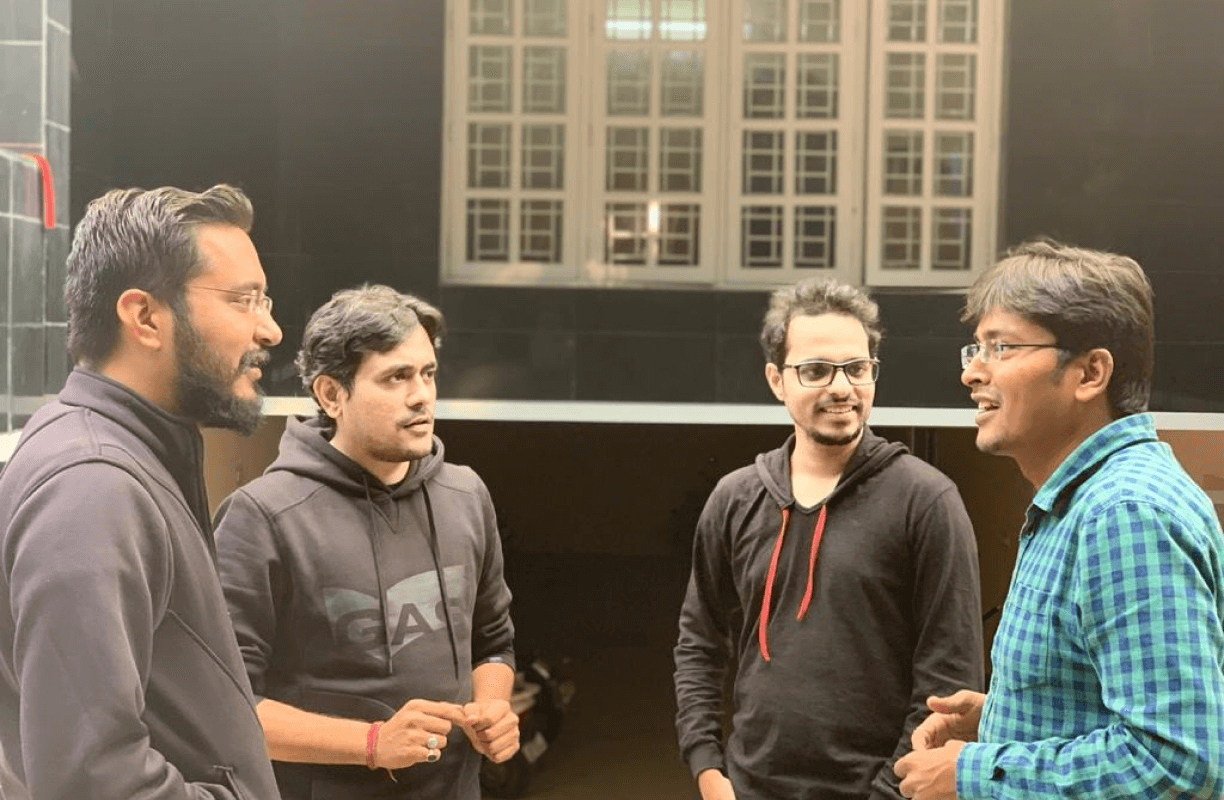There is no better way to understand different Fintech ecosystems than from the eyes of someone who has thrived in them. We asked Carolyn Deng, Bright’s Head of Business Development, to share her views. She had some pretty interesting things to say...
First of all, Carolyn, why are Fintech start-ups cool?!
I like many areas of technology. Financial services hasn't really seen a lot of technological disruption in recent years and these services touch everyone’s everyday lives. Fintech startups, like ours, really help improve people’s everyday lives using cutting-edge technology.
For example, at Bright, we help Americans pay down their debt more responsibly and quickly. This mission gets me and everyone at Bright going, and this is also why a lot of people are attracted to working at Fintech startups and find them very cool.
You have had much experience around the world in several different countries working in financial services companies. Why do you find financial services and Fintech so interesting?
“I find financial services and fintech interesting because of the real impact we can deliver to customers. Some of our customers have no experience in finances, are stuck paying high interest rates and have high credit card debt.
At Bright, we help people automate that paydown and help them get out of debt faster. Many of our customers have come forward to say that in just joining Bright for 3 months, they have paid down more debt than they had in 3 years.
So, this is a great example of how the real-impact of technology can solve painful or sophisticated problems related to financial activity, making things very simple and easy. Another thing that I find interesting is the cutting-edge technology we can use to achieve our mission.
At Bright, we are using AI technology to achieve self-driving finances for our customers. Imagine having a company where you can completely trust your finances with and they can automatically handle all the financial tasks for you, from paying your credit cards on time, maximizing your savings and maintaining financial health and security. That’s what we do at Bright.
Personally, I also love the speed of fintech startups. At Bright, we practically launch a new product version nearly everyday. We listen to customer feedback and when we find that something doesn’t work for our customers, we change it right away. Customers have the improved versions ready for use and the speed at which this is done is precious.
What is really the difference between what we call fintech, and what is considered normal financial services? Wouldn’t you say every financial services firm is now also doing technology?
That’s right, financial services firms are also using technology but the angle of fintech is very different. To me, the main difference is that fintech companies are technology-driven. Technology is the core business, the bread and butter.
Traditional financial services firms use technology to merely support their business. These are completely different ways to approach a problem. At Bright, if we identify any problem that can be solved by data, tech or automated solutions, we build it right away.
In a traditional setting, thinking how technology can improve services for customers is not that prevalent. They mostly rely on manual process and labour to solve problems and only when absolutely necessary, technology is involved. In a fintech, the fundamental difference is that we would not exist without technology.
You have had experience and exposure to the China consumer technology market. Fintech in China is super exciting and innovative. Can you share 3 examples of exciting innovations you have seen in the last couple years?
In China, for consumer technology, like the fintech market, the most exciting area is payments. In most countries in the world, payment is usually cash-first and later, cards. In China, it’s amazing how when most people go out to shop or eat, they do not use cash or cards. All they use is their mobile phones.
You can just scan the QR code and instantly pay for everything without having to ever bring your wallet. It is said that even the homeless receive pay from people through mobile transactions.
The innovation of lending is also interesting. In China, credit or lending history didn’t really exist until Alipay or the Sesame score was built. There was no systematic way of assessing people’s risk, and Alipay did a great job gathering people’s behavioral data to build consumer credit scores.
The automated wealth management system is also great. In China, I can open any of these big banking platforms and I will find everything on them, from applying for a loan to getting approval for it and that is amazing, something I haven’t seen in other markets.
The U.S. market is the world’s biggest financial services market, but it is also a slow-moving market because it is older and has challenges with legacy. What do you think are the major opportunity areas for Consumer Finance in the US right now?
The opportunity in the US market in the consumer finance area is in payments and lending. How to use financial data that has become more and more available to the advantage of consumers is the main question. It is a slow-moving market because of the legacy with the regulations. It has always been a heavily regulated market.
So, for you to do anything, you have to jump over a lot of hurdles. Ten years ago, to get any financial product to serve me (for a loan, investment, budgeting, etc), I would have had to go to my bank. That was my only choice. My bank doesn’t really know much about me apart from what I have told them.
They don’t know me outside of the available data. Every time I sign up to a new bank, it is the same drill of getting to know me slightly differently but still on a superficial level. Right now, what’s amazing is that with Open Banking, a lot of data aggregators that we work with can aggregate my financial information across different banks and institutions.
If tomorrow I open a Bright account and I link all my banking information and cards on it, Bright instantly (without having to have worked with me in the past) knows who I am, my preferences, my financial behavior from the data that is gathered by the banks. All of this happens through my consent, of course.
This just means that Bright can serve me better without having to wait years to build a relationship. It understands almost instantly what the right product for me is. This sort of knowledge and understanding is very powerful. Customers are served better as available data is used smartly to meet customer demands, that is the biggest opportunity for fintechs.
As someone who is a global citizen and who has worked on so many continents, what is it like working for a young company that has started as a global team on day-one?
I have worked on different continents, in places like China, US, Australia and Singapore. Somehow, this young company is so global that it is beyond what I have experienced so far. What really marks the difference here is that we have one single mission.
We really believe that we can use technology and innovation to change people’s lives for the better. This is what helps us overcome a lot of challenges. And because we have a diverse culture across the team consisting of people from the US, Europe and India, we really understand and empathize with our customer’s problems.
This global team also ensures that we are there for our customers 24/7, and we are always making progress towards our goal. We communicate with each other efficiently and work together to stay motivated on our path. That has been the case since day-one.
What are your own tips and tricks for managing and working with so many team members, who are working so far away from you? How do you stay connected? How do you keep progress happening smooth and fast?
It’s really about the common mission that brings us together and drives us forward. We are a tech company after all, so we use a lot of channels to stay technologically connected. Cross-functional team involvement happens in a matter of minutes thanks to technology, and we are able to solve any problem together.
We have fun events like Bingo nights and quizzes, and we win prizes. There’s a lot of knowledge-sharing and laughter going around in the team. Just because we are not physically together, it doesn’t mean we don’t feel closer as a team. It’s all about communication and working towards a common goal.
What’s also great about this company is that there is no hierarchy. It is all about the impact and much less about approval. We encourage meaningful actions as long as the impact on the customers remains positive.



